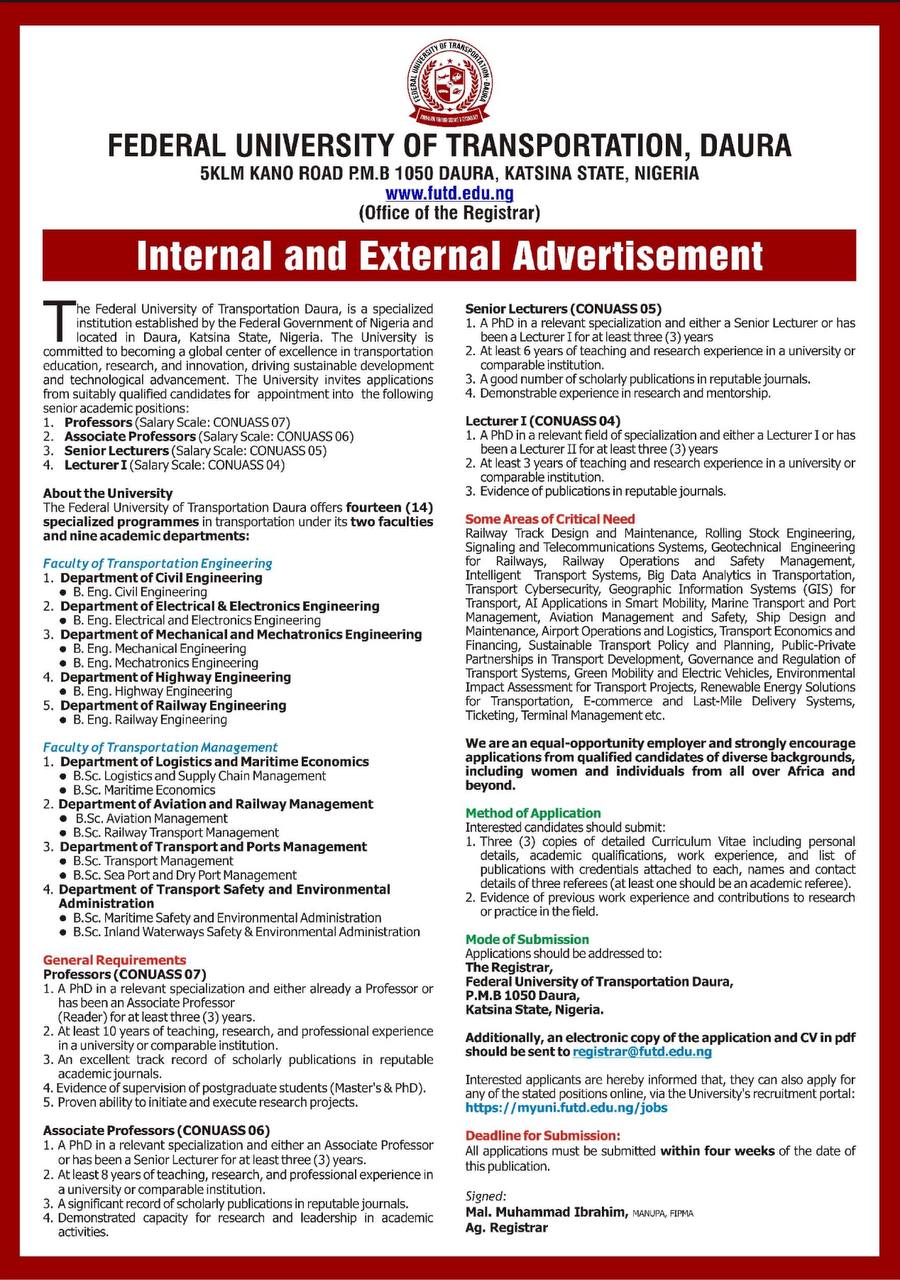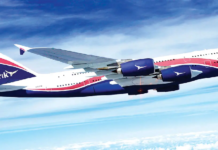By Captain Ado Sanusi
The International Civil Aviation Organisation Working Paper A39-WP/129 of 17 September 2016 describes ATSEP (acronym for Air Traffic Safety Electronics Personnel) as an ICAO term for the technical staff involved with the Creation and Support of ground-based electronic hardware and software systems used to support air navigation and Air Traffic Management. ATSEP as a profession encompasses a spectrum of professional engineers and highly trained technicians who are responsible for the specification, procurement, installation, integration, calibration, maintenance, and safety assurance and monitoring of these systems.
Specifically, ATSEPs are responsible for ensuring continued operation of Communications, Navigation, and Surveillance (CNS) / Air Traffic Management (ATM) systems. CNS and ATM systems are the infrastructure which Air Navigation Services rely upon in order to meet up their mandate or obligation of providing safe and efficient air traffic services to national, regional, and global segments of the Aviation community. Moreover, CNS and ATM enhance Required Communication Performance (RCP), Required Navigation Performance (RNP) and Required Surveillance Performance (RSP) which are critical enablers to Performance-Based Navigation (PBN) as stipulated by ICAO.
The development of the modern air navigation systems are arranged in a single uniform system by integrating flight infrastructure, methods, procedures, and regulations to ensure safe, efficient and effective operations. In today’s environment, technology in air navigation systems are evolving more rapidly than the capacity of aviation stakeholders can cope with it e.g. integration of Ground Based Systems with Aircraft Based Systems. Consequently, it is necessary for air traffic safety electronic personnel (ATSEP) to accommodate this rapid evolution.
ATSEP is the key profession responsible for safe and secure air navigation services. The need for enhanced competency, responsibility and accountability for ATSEPs is already stipulated in ICAO’s Training Manual (Doc 7192) as well as in the Procedures for Air Navigation Services – Training (PANS-TRG, Doc 9868). The Next Generation Aviation Professional (NGAP) program and Doc 9868, with a strong rational, includes ATSEPs alongside with the Air Traffic Control Officers (ATCOs) in the process of competency-based training concept. However, the implementation of ATSEP training and competency provisions contained in Doc 7192 and Doc 9868 is up to each State’s discretion. Due to this, ATSEPs involved in the technical operation and installation of CNS/ATM systems are trained and qualified under various standards of different States.
According to ICAO Training manual doc 7192 E2, some of the principal duties of the ATSEP involve performing maintenance and or ensuring serviceability of CNS/ATM system/equipment which includes but are not limited to the following:
- Calibrating flight and ground radio navigation aids;
- Certification of CNS/ATM system/equipment;
- Modification of operational CNS/ATM equipment;
- Corrective maintenance,
- Preventive maintenance.
- Performing installation of CNS/ATM system/equipment.
- Management, monitoring and control of operational CNS/ATM system/equipment.
- Developing, reviewing and modifying CNS/ATM system/Equipment, and/or maintenance procedures and standards.
The responsibilities listed above corroborates ATSEP’s safety critical role as a very important component of the Air Traffic Management System of any country. Under several national regulations, only ATSEPs professional are certified and authorised as the competent personnel to operate, maintain, release from and return into operations CNS/ATM systems. Moreover, they are responsible for ensuring the availability, accuracy, integrity and continuity of CNS/ATM services to ATC; and directly to the airspace users (e.g. navigation is provided directly to the pilot) thereby ensuring safety.
Licensing of aviation professionals has considerably enhanced safety by providing regulatory standards that guarantee global application of the requirements of relevant ICAO guidelines – SARPs of Annex. It is commonly believed that such global requirements for issuance of license for ATSEPs has contributed to creation of standardised environment in competency domain resulting in the further enhancement of aviation safety.
Besides inherently assuring air safety, ATSEPs also play crucial role in ensuring availability and reliability of CNS/ATM services. Availability and reliability of CNS/ATM services has very significant effect on efficiency and cost of air operations activities of the entire country. In this way, ATSEPs therefore ultimately plays roles crucial for the growth or otherwise of the aviation industry.
It is a globally accepted norm that safety is the first element of the tripod on which sustainable aviation rests. The two other elements of that tripod are reliability and cost, and in that order. Aviation Safety always takes precedence because no lasting success can be attained without it. Aviation Safety has come a long way since 1903 when the Wright brothers pioneered powered flight. Moreover, it has helped to position flying as the safest mode of transportation. Improvements and advances made in Aviation Safety have tended to come from following two principal aspects:
Aircraft / Aircraft Systems related areas: This typically include new aircraft and systems (including better performing on-board navigation equipment).
Aircraft Traffic management related areas. This area encompass better equipments and procedures that have emerged or evolved over the many decades to enhance safe and very efficient aircraft navigation, guidance and surveillance whilst the aircraft is in motion on the ground on in the air.
Aircraft Traffic Management aspect of Aviation Safety which is more relevant to this forum has been propelled to a very great extent by the vastly improved professionalism of ATSEP group of aviation professionals who are the ones with the professional competence to manage all hardware and software required to provide Air Navigation Services in an ever expanding technological era of the twentieth and twenty-first centuries. This importance is further accentuated by the astronomic increase in global aviation traffic in the past century simultaneously with vast improvement in Aviation Safety which has continued to steadily improve year upon year.
Attributing improvements in air navigation cum Aviation Safety to emergence of better CNS equipment and maintenance standards is key because the Maintenance Standards aspect is almost wholly dependent on practices and work ethics of the ATSEP. The inevitable crystallization of ATSEP as a distinct occupation not only recognised by ICAO, but also by the International Labour Organisation (ILO); is attestation to the enormous contributions ATSEPs have made to the overall progress of Aviation safety.
Notes of Address delivered to Participants at the Year 2018 Annual General Meeting of the National Association of Air Traffic Engineers on 22nd November 2018 at Lagos Airport Hotel, Ikeja, Lagos. Delivered By Captain Ado K. Sanusi (Managing Director / Chief Executive of Aero Contractors).












